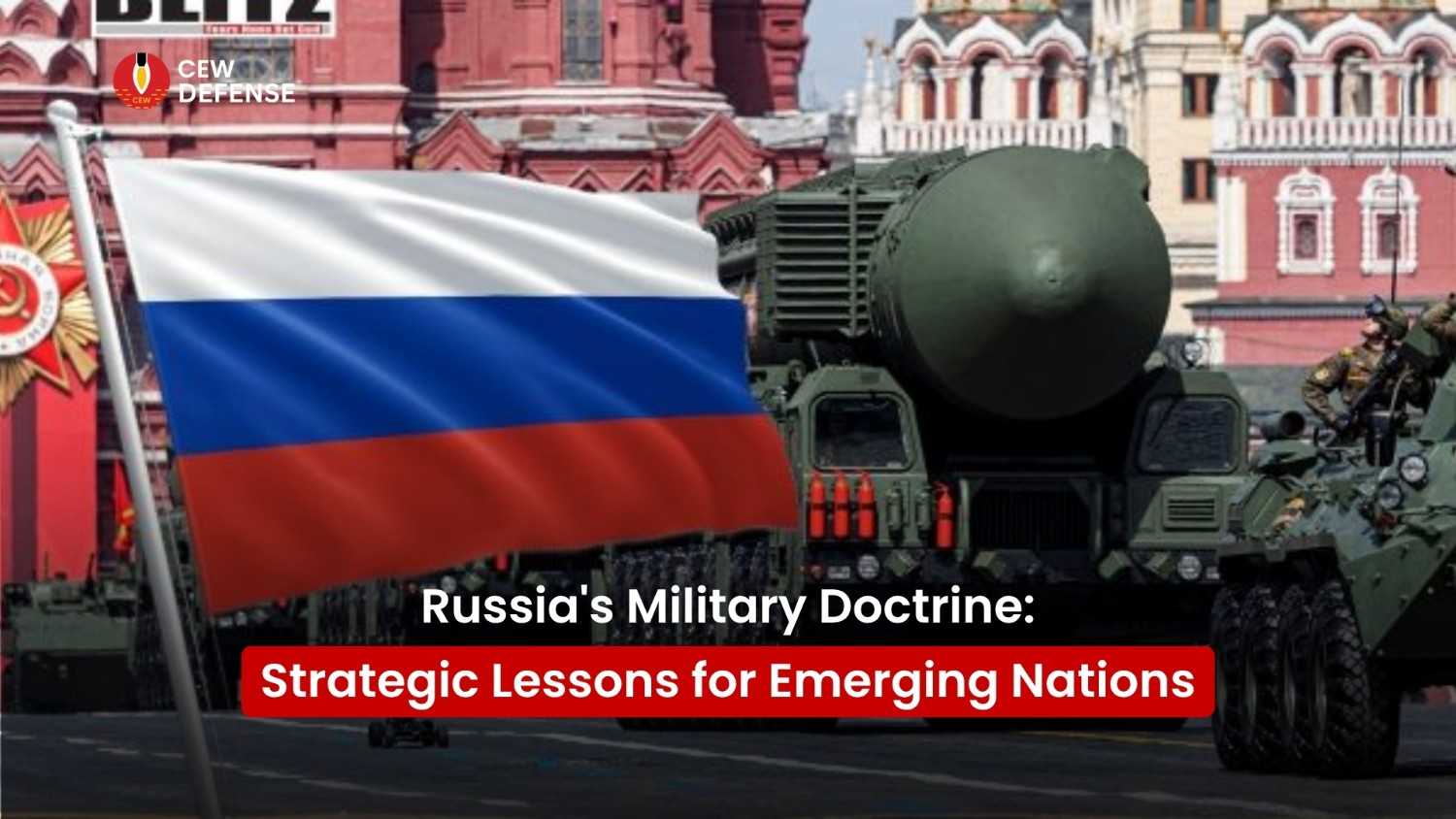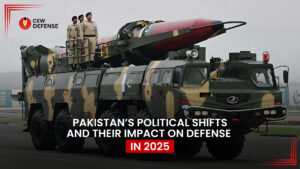In an era of cyber threats, hybrid wars, and shifting alliances, Russia’s military doctrine stands out as a powerful strategic playbook. For emerging nations, it offers critical insights into how to build resilience, assert sovereignty, and stay ahead of evolving threats.
As the world navigates new threats and shifting alliances, understanding Russia’s approach provides valuable lessons for countries seeking to strengthen their own defense strategies.
What Is Russia’s Military Doctrine?
Russia’s military doctrine is an official set of principles guiding the country’s defense and security policies. It covers everything from nuclear deterrence and conventional warfare to cyber operations and information warfare. The doctrine is regularly updated to address new threats and technological advancements, making it a dynamic and influential model for other nations.
Historical Evolution of Russia’s Military Doctrine
1. Soviet Legacy
Russia’s military thinking is rooted in Soviet-era doctrines that emphasized mass mobilization, nuclear parity with the West, and ideological confrontation. The collapse of the Soviet Union in 1991 forced a major doctrinal shift.
2. Post-Cold War Adjustments
In the 1990s, Russia faced economic hardship and military decline. Its doctrine shifted toward defensive postures and internal stability, as seen during the Chechen wars.
3. Modernization and Assertiveness (2000s–Present)
Under President Vladimir Putin, Russia’s doctrine became more assertive. The 2010 and 2014 updates reflected a focus on hybrid warfare, rapid deployment, and technological modernization, responding to perceived NATO encroachment and regional instability.
Key Pillars of Russia’s Military Doctrine
1. Centralized Strategic Decision-Making
Russia maintains a tightly integrated command structure, aligning political and military leadership for rapid, unified responses. This ensures that national interests are protected without bureaucratic delays.
Lesson for Emerging Nations:
Establish clear lines of authority and foster close coordination between government and military leaders.
2. Strategic Deterrence and Nuclear Policy
Deterrence is the cornerstone of Russia’s doctrine. This includes:
- Nuclear Deterrence: Russia’s “escalate to de-escalate” policy suggests it may use tactical nuclear weapons if conventional forces are overwhelmed.
- Conventional Deterrence: Large, modernized armed forces capable of rapid deployment.
- Non-Military Measures: Economic, diplomatic, and cyber tools to deter adversaries.
Lesson for Emerging Nations:
Develop multi-layered deterrence strategies, including conventional forces, cyber capabilities, and diplomatic leverage.
3. Hybrid and Asymmetric Warfare
Russia blends traditional military power with cyberattacks, disinformation, economic pressure, and the use of proxies. This allows for influence and destabilization without open conflict.
Lesson for Emerging Nations:
Invest in cyber defense, counter-disinformation strategies, and prepare for unconventional threats.
4. Technological Modernization and Self-Sufficiency
Russia prioritizes homegrown military technology, including advanced missiles, drones, and electronic warfare systems. This reduces reliance on foreign suppliers and enhances strategic independence.
Lesson for Emerging Nations
Promote domestic defense industries and invest in research and development.
5. Combined Arms and Operational Flexibility
Russian doctrine emphasizes the integration of land, air, sea, and space forces for coordinated operations. Flexibility and adaptability are key to responding to dynamic threats.
Russia’s Military Doctrine in Action: Case Studies
- Georgia (2008):
Swift, coordinated use of conventional and hybrid tactics demonstrated Russia’s ability to achieve political objectives quickly. - Crimea and Eastern Ukraine (2014):
Russia used “little green men” (unmarked troops), cyberattacks, and information warfare to annex Crimea and destabilize Ukraine. - Syria (2015–Present):
Russia’s intervention showcased expeditionary capabilities, advanced weaponry, and the use of private military contractors.
Global and Regional Impact
Russia’s doctrine shapes security policies in Europe, Central Asia, and the Middle East. Its emphasis on hybrid warfare and nuclear deterrence compels NATO and neighboring states to adapt their own doctrines, fueling an ongoing arms race and strategic recalibration.
Critiques and Challenges
- Economic Constraints: Sustaining high-tech military modernization is costly, especially under international sanctions.
- Demographic Issues: Russia faces a shrinking population, affecting military recruitment and readiness.
- Overreliance on Nuclear Deterrence: Some analysts argue that heavy dependence on nuclear threats may escalate conflicts unnecessarily.
Comparison: Russia’s Doctrine vs. Other Major Powers
Aspect | Russia | United States | China |
Command Structure | Centralized | Civilian-led, distributed | Centralized, Party-controlled |
Nuclear Policy | “Escalate to de-escalate” | Strategic deterrence, No first use | No first use, growing capabilities |
Hybrid Warfare | Extensive use | Increasing focus | Growing focus |
Technological Focus | Self-sufficiency, modernization | High-tech, global alliances | Indigenous development, modernization |
Global Posture | Regional assertiveness, global reach | Global dominance | Regional assertiveness, global reach |
Frequently Asked Questions (FAQ)
Q1: What is the main goal of Russia’s military doctrine?
A: To protect national sovereignty, deter external threats, and maintain strategic stability through a mix of military and non-military tools.
Q2: How does Russia use hybrid warfare?
A: By combining military force with cyberattacks, disinformation, and economic pressure to achieve political objectives without open conflict.
Q3: Can emerging nations replicate Russia’s doctrine?
A: While the principles are adaptable, each country must tailor strategies to its unique geopolitical, economic, and cultural context.
Q4: What are the risks of overreliance on nuclear deterrence?
A: It can escalate conflicts and reduce flexibility in responding to non-nuclear threats.
Q5: How important is technological self-sufficiency?
A: It is crucial for strategic independence and resilience against sanctions or supply chain disruptions.
Conclusion
Russia’s military doctrine offers a wealth of strategic lessons for emerging nations. By studying its evolution, core principles, and real-world applications, developing countries can craft resilient defense strategies tailored to modern threats.
Key takeaways include the importance of centralized command, layered deterrence, hybrid warfare preparedness, technological self-sufficiency, and operational flexibility.
By adapting these lessons, while considering local realities—emerging nations can enhance their security, safeguard their sovereignty, and assert their role in a complex global order.







